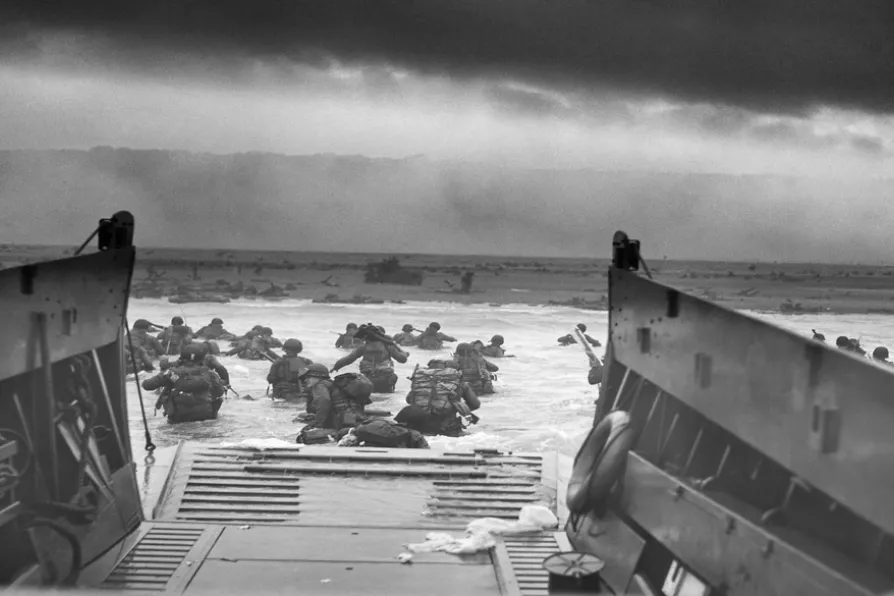Labour’s persistent failure to address its electorate’s salient concerns is behind the protest vote, asserts DIANE ABBOTT


ANYONE celebrating the midsummer solstice might have been anxiously checking the weather forecast over the last week. This June is currently set to be the wettest on record, turning what should be long sunny summer days into gloomy grey ones. Unfortunately, this is consistent with increasingly variable weather year-on-year in Britain due to climate change.
Seventy-five years ago, it was with a very different aim in mind that commanders of the Allied forces were checking weather forecasts during WWII. Everything was ready for the invasion of northern France, but the actual date of D-Day had to be determined. They were waiting for the crucial combination of weather conditions to allow hundreds of thousands of soldiers to land on the beaches in flat landing craft.
Writing in 1994, Lawrence Hogben, a meteorologist involved in the planning of D-Day, wrote that the exact weather requirements (on top of a full moon and a suitable tide) were “a quiet day with not more than moderate winds and seas and not too much cloud for the airmen, to be followed by three more quiet days.” Only four days could potentially fit the bill: June 5, 6, 19 or 20. Hogben and his colleagues worked out that the odds of any one of these days meeting these weather requirements was less than 10 per cent.














